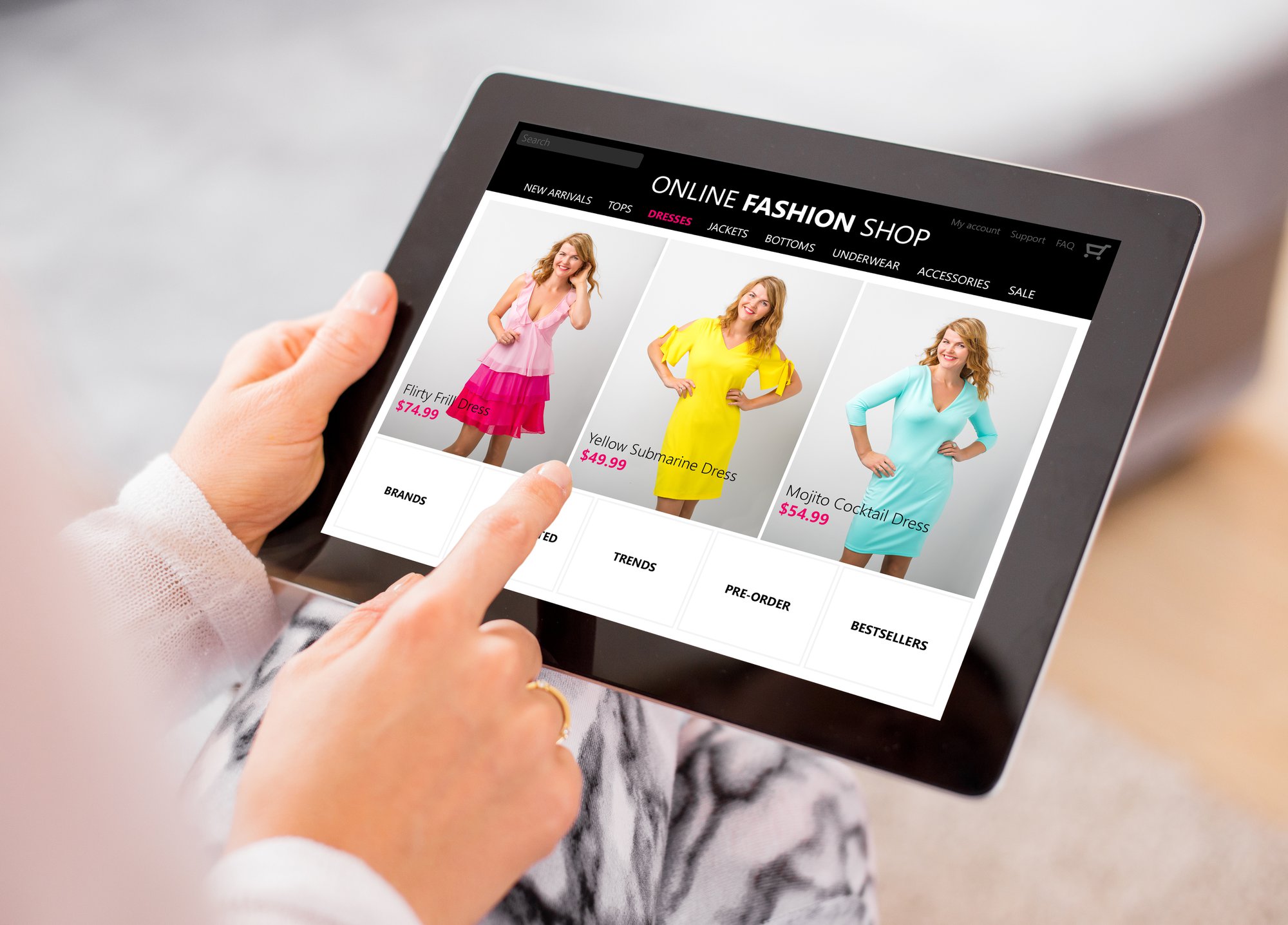Color is vital in how potential customers respond to your brand and marketing. This makes it a critical factor to consider when designing your online storefront. Techniques like visual merchandising will ensure browsing your online store is a pleasant experience.
In visual merchandising, you use the layout and organization of products to attract potential customers and lead them to purchase. You may be tempted to use your favorite colors. However, well-applied color theory can vastly increase the effectiveness of your product pages.
Let’s look at some psychology-based tips to learn how colors can mold your brand and boost sales.
Understanding Visual Merchandising Through Color Psychology
Did you know that people react in predictable ways to different colors? A whole field of study–color psychology–determines how the colors in our environment affect us. Advertisers and marketers have long used color psychology to influence potential customers, and you can, too.
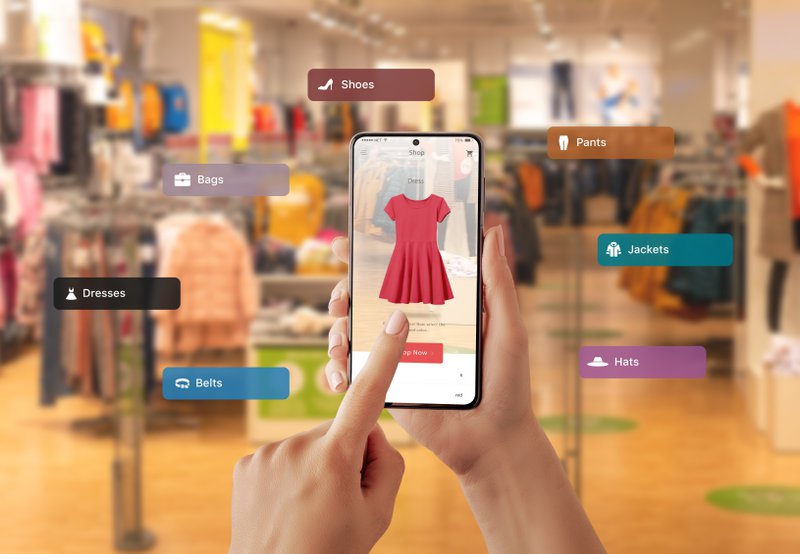
The color scheme of your visual merchandising communicates a lot to potential customers. And it can be applied to both your physical and online stores.
Here are a few examples of how you might use colors to influence consumers:
- Want to attract the attention of someone scrolling by? Use bright colors like red and yellow.
- Subdued colors like black and white are more appropriate if you’re targeting professionals.
- If you want your business to have a calm brand identity, blue and green are good choices.
Colors have a significant influence on the effectiveness of your visual merchandising, so learn what psychological effects different colors have on potential buyers. Otherwise, you risk giving the wrong impression with your color choices.
Take the color black, for instance. It’s often associated with elegance and professionalism, but it’s also associated with death and mourning. This makes it a poor choice for businesses associated with healthcare–even if they have a professional brand.
Communicating Marketing Campaigns With Color Swatches
Due to cultural influences and common symbols in society, many colors evoke certain connotations. Consider red, for example. Red stimulates the appetite, so it’s often used on a lot of fast food logos. But red also induces a sense of urgency, which makes it a good choice for a limited-time clearance sale.
What about blue? That’s a calm color, but it’s also associated with reliability. Use it if you’re trying to gain the trust of customers.
But when it comes to communicating through color, it’s not just about what colors you use. The shades and tones you pick are also important. For instance, pastel tones are associated with children, while bright tones evoke feelings of excitement and sometimes even aggression. With the right color scheme, you’ll enhance the impact of your visual merchandising.
A color swatch can help you choose the right color and tone. This is a palette showing various shades of the same color. You can use these to determine which colors work well together and what emotions they evoke.
Utilizing Brand Colors for Seasonal Visual Merchandising
If you’ve built a brand that’s easily recognizable and has a good reputation, incorporate it into your visual merchandising. Ensure your brand colors are consistently used so customers can quickly tell when they’re looking at your products or services.
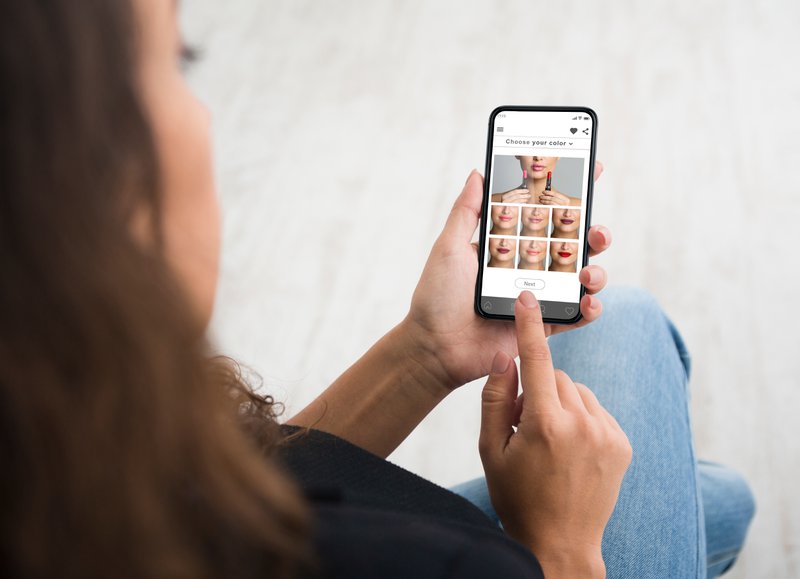
Your brand colors also play a large role in how your company is publicly received. You can communicate your brand’s target market, values, and aims with colors alone. In fact, one study found that color boosts brand recognition by up to 80%.
Ensure that your brand colors align with your brand’s image and appeal to your target market. Color associations can help you determine which colors to use. Some of these are stereotypical–for instance, pink for women and blue for men. Green evokes nature, making it a good fit for eco-friendly businesses. Similarly, people tend to associate white with purity, so it’s ideal for businesses that emphasize hygiene and cleanliness.
You can also build your visual merchandising around the year's four seasons. Each seasonal color carries unique connotations and has distinct psychological effects.
Figuring out which season your brand falls into will help you pick the right colors. For example, spring brands are fun and spontaneous, so vibrant colors fit well. Winter brands are high-end and professional, often using dark and cold colors.
Seasonal color theory is especially helpful if your brand changes briefly. This might include the launch of a new product, changing market dynamics, or a strategy to attract new customers. Consider what image your brand is trying to project. This will help you decide which season your brand fits into and what colors to use.
Providing Product Page Options Through Leading Colors
The colors your business chooses also have the power to influence purchase decisions. So, think carefully about what colors to use as you build product pages.
For instance, is there a link that you really want clicked? Use red and yellow to create a sense of urgency. Are you trying to attract couples? Pink is effective, as it evokes feelings of romance. The buttons, colors, and other elements of your web pages work together to create subtle but effective calls to action.
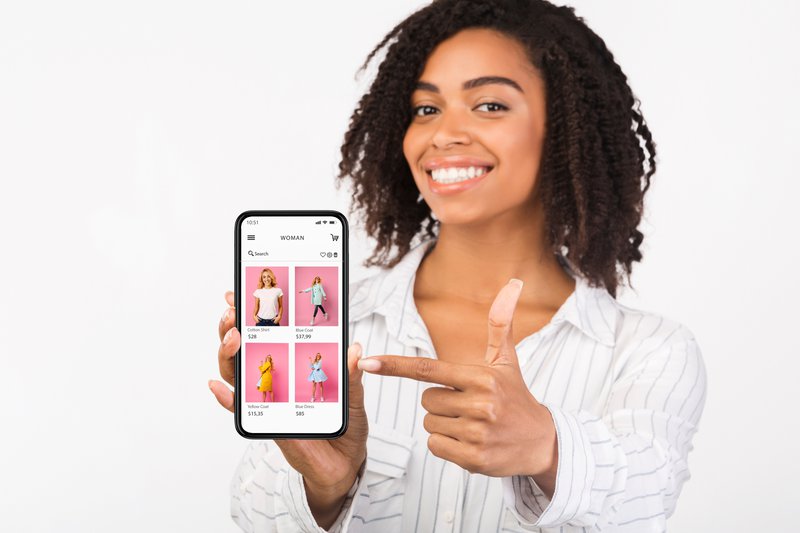
Of course, don’t forget about the basic rules of visual design. Red may be an eye-catching color, but it’s an eyesore when put on a yellow background. Likewise, blue is calming, but it can be hard to read from a distance.
When you implement colors correctly, you can create an engaging experience that reflects your business’s personality, draws in your target market, and drives purchases. But while color theory greatly improves the effectiveness of your visual merchandising, it can be hard to implement on your digital channels. Tools like Smart Merchandiser can do the heavy lifting for you.
Improve Your Visual Merchandising With Smart Merchandiser
Visual merchandising is a powerful way to build brand recognition through the effective use of colors. Adjust your online displays to show certain colors based on popularity, inventory level, or seasonality. Are red products appealing to men and yellow ones to women? Smart Merchandiser lets you easily rearrange your product page accordingly.
Our visual merchandising software is easy to use and contains many features to help you fine-tune your storefront. Simply drag and drop your product thumbnails around to reorganize your web pages. And thanks to our easy-to-access analytics management, you can always find each product’s data analytics, including page views, abandonment rates, conversion rates, and sales revenue.
Contact us today to see how Smart Merchandiser can make your visual merchandising more effective.

